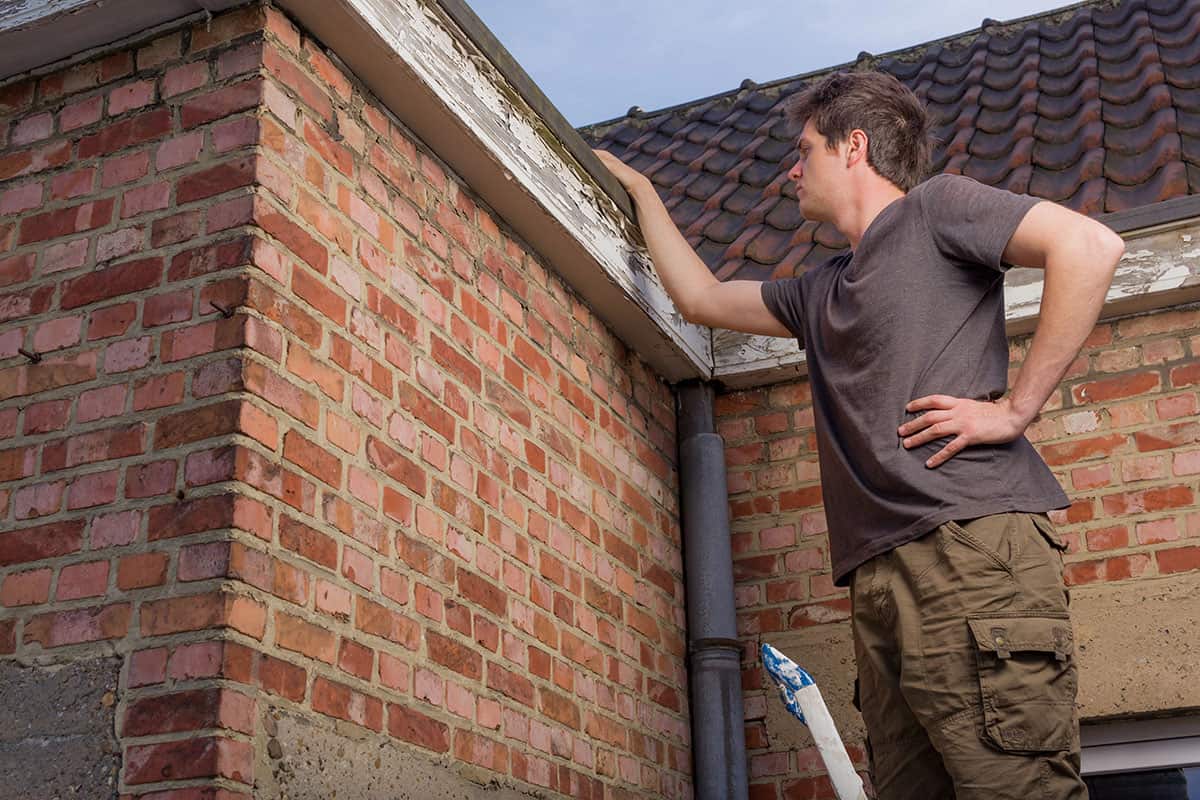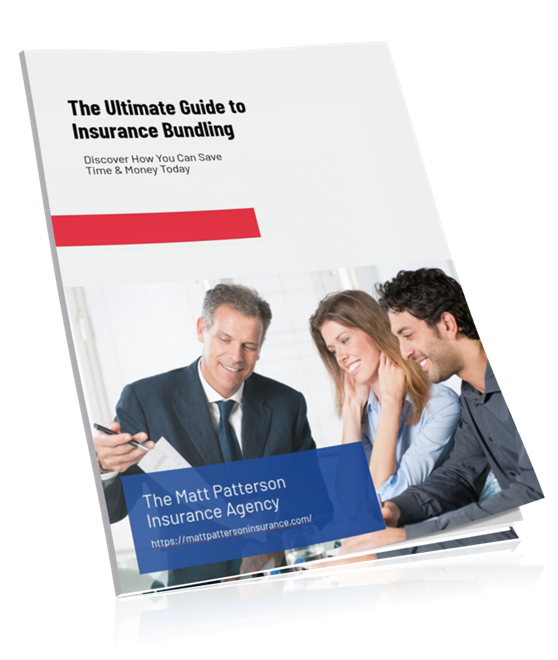Most Texas homeowners discover the hard way that their insurance doesn’t cover flood damage. The water rises, damages everything in its path, and then comes the devastating news: your claim is denied. This scenario plays out thousands of times across Texas, where flooding remains the most common and costly natural disaster.
This catches thousands of Texas homeowners off guard every year, particularly after hurricanes, tropical storms, and the flash flooding that can turn neighborhood streets into rivers within hours. The devastation is real, the financial impact is massive, and the insurance check isn’t coming because you didn’t have the separate coverage that actually pays for flood damage.
The Insurance Industry Logic Behind the Exclusion
Homeowners policies exclude flooding for practical business reasons, not arbitrary ones. Understanding why helps you grasp how serious the gap in your coverage actually is.
Flood damage creates catastrophic, widespread losses that happen to entire regions simultaneously. Unlike house fires or thefts that occur randomly and independently, flooding affects hundreds or thousands of properties in the same area at the same time. This concentration of losses would bankrupt private insurance companies if they covered flooding under standard policies at standard rates.
Insurance works by spreading risk across many policyholders. Most people pay premiums but never file claims, which funds the payouts for the few who do. Flooding breaks this model because when it happens, it triggers massive claims from entire communities simultaneously. The financial exposure is unsustainable for standard homeowners insurance.
The predictability of flood risk in certain areas also creates problems. Properties in flood-prone zones would require premiums so high most people couldn’t afford them, while properties at minimal risk would be subsidizing high-risk areas. This adverse selection problem makes flooding uninsurable through the traditional homeowners insurance market.
Understanding Texas Flood Risks Beyond Flood Zones
FEMA flood maps mislead many Texas property owners into false security. These maps show historical flood patterns, not future risks. They don’t account for new development that changes water flow patterns, aging infrastructure that can’t handle heavy rain, or climate patterns producing more intense storms. Living outside a designated flood zone doesn’t mean you’re safe from flooding.
Houston demonstrates this disconnect perfectly. During Harvey, 80% of flooded homes sat outside FEMA’s high-risk flood zones. Many homeowners who thought they didn’t need flood insurance faced six-figure repair bills. The “100-year flood” terminology confuses people further. This means a 1% annual chance of flooding, not that floods occur once per century. Houston has experienced three “500-year floods” since 2015.
Urban development accelerates flood risks across Texas cities. Concrete and asphalt prevent water absorption, sending runoff racing toward low-lying areas. A neighborhood safe from flooding 20 years ago might now sit in the path of redirected storm water. New subdivisions upstream can dramatically increase downstream flood potential.
Texas weather patterns create unique flooding challenges. Tropical storms can dump months of rainfall in hours. Flash flooding occurs with little warning, especially in areas with clay soil that doesn’t absorb water quickly. Even properties on hills face risks from water running off saturated ground upslope.
This is why flood insurance exists as a separate product through the National Flood Insurance Program and, increasingly, through private insurers willing to take on the specialized risk.
What Actually Counts as Flooding in Insurance Terms
The insurance definition of flooding is more specific than you might think, and understanding it prevents misunderstandings about what your homeowners policy does and doesn’t cover.
Flooding is defined as a general and temporary condition where two or more acres of normally dry land or two or more properties are inundated by water. This includes overflow of inland or tidal waters, unusual and rapid accumulation or runoff of surface waters, mudflows, and collapse of land along the shore of a lake or similar body of water due to erosion or undermining caused by waves or currents.
What this means practically: if water rises from the ground, flows across the surface, or comes from bodies of water and enters your home, that’s flood damage not covered by homeowners insurance. If a river overflows, a storm surge pushes water inland, heavy rain overwhelms drainage systems, or snowmelt creates runoff that enters your property, you’re dealing with flood damage.
Your homeowners policy does cover water damage from sources like burst pipes, roof leaks, or overflowing appliances. Water originating from inside your home or falling from above typically falls under homeowners coverage. Water rising from below or flowing across the ground does not.
This distinction matters tremendously when filing claims. The same storm can create both covered and non-covered damage. Wind tears off your roof and rain comes through the opening? That’s likely covered. Water rises from the street and enters through your doors? That’s flood damage and not covered without separate flood insurance.
Understanding Your Flood Insurance Options
You have two primary routes for obtaining flood insurance, each with distinct characteristics and considerations.
The National Flood Insurance Program, managed by FEMA, is the traditional source of flood coverage. NFIP policies are sold through private insurance agents but backed by the federal government. Coverage is available for buildings up to $250,000 and contents up to $100,000 for residential properties. Rates are set based on flood zone maps and risk factors.
NFIP has standardized coverage and rates regardless of which agent sells you the policy. There’s typically a 30-day waiting period before coverage takes effect, so you can’t buy it as a hurricane approaches and expect immediate protection. The program has limitations including coverage caps that might not fully protect high-value homes and restrictions on certain types of property and damage.
Private flood insurance has expanded significantly in recent years as companies enter the market with competitive products. Private insurers often offer higher coverage limits, potentially lower premiums for low-risk properties, broader coverage options, and more flexibility in policy terms than NFIP.
Private flood insurance rates aren’t standardized, so shopping around can reveal significant price differences for the same coverage. Some private insurers use more sophisticated risk modeling than FEMA’s flood maps, which can result in better rates for properties that the federal maps overestimate for risk.
Determining If You Actually Need Flood Coverage
The simple answer is that if you own property in Texas, you should seriously consider flood insurance regardless of your perceived risk level.
Mortgage lenders require flood insurance for properties in high-risk flood zones, designated as Special Flood Hazard Areas on FEMA maps. If you’re in one of these zones and have a federally backed mortgage, you don’t have a choice. You must carry flood insurance.
Properties outside high-risk zones are where the decision becomes more discretionary but no less important. Over 20% of flood insurance claims come from properties outside designated high-risk areas. These “low to moderate risk” properties can flood from overwhelmed drainage, heavy rainfall, or unusual weather events.
Consider your specific property characteristics. Is it in a low-lying area? Near any bodies of water? Downstream from areas that drain through your neighborhood? Has nearby development changed drainage patterns? These factors increase risk even if you’re not in a mapped high-risk zone.
Evaluate your financial ability to absorb a major loss. Flood damage repair costs tens of thousands of dollars easily. Could you pay for complete remediation and replacement out of pocket if necessary? If not, the relatively modest cost of flood insurance makes sense as financial protection.
Review your area’s flood history, but don’t rely on it exclusively. Just because your street hasn’t flooded before doesn’t mean it can’t or won’t. Weather patterns change, development alters drainage, and extreme events happen.
Getting Coverage Before You Need It
Don’t wait for storm season or weather forecasts to investigate flood insurance. The 30-day waiting period for most policies means you can’t get coverage once a storm is already threatening.
Contact an insurance agent who sells flood insurance and request quotes for both NFIP and private options. Compare coverage limits, deductibles, premiums, and policy terms. The cheapest option isn’t always the best if it leaves you underinsured.
Understand what’s covered and what’s not. Standard flood policies cover the building structure and major systems, but personal property requires separate contents coverage. Basements have limited coverage. Temporary living expenses while your home is uninhabitable typically aren’t covered. Know these limitations upfront.
Document your property and possessions before flooding occurs. Photographs and video of your home’s condition and contents make the claims process smoother and help ensure you receive appropriate compensation for covered losses.
Consider your coverage limits carefully. If your home would cost $300,000 to rebuild but you only carry the NFIP maximum of $250,000 in building coverage, you’re underinsured by $50,000. Private insurance might offer the higher limits you need.
Protecting Your Investment
Your home represents a massive financial investment and likely your largest asset. Assuming your homeowners insurance covers all the disasters that could damage it is a costly mistake that thousands of Texas homeowners make every year.
Flood insurance exists as a separate product because the risk is too concentrated and catastrophic for standard homeowners policies to cover. Understanding this doesn’t just explain the insurance industry structure. It highlights a critical gap in your financial protection that you need to address deliberately.
Evaluate your flood risk honestly, considering factors beyond official flood maps. Even modest flood insurance coverage provides better protection than none. The cost of coverage pales compared to potential losses from even minor flooding. Water damage remediation, mold prevention, and property restoration quickly reach tens of thousands of dollars.
FAQs
How much does flood insurance typically cost in Texas?
Annual premiums range from $400 for low-risk properties to over $3,000 for high-risk zones. The average Texas NFIP policy costs approximately $700 yearly. Private insurers might offer different rates based on their risk models and coverage options.
Can I buy flood insurance if I’m not in a flood zone?
Yes, anyone in participating communities can purchase flood insurance regardless of flood zone designation. Properties outside high-risk areas often qualify for Preferred Risk Policies with lower premiums. Given that most flooding occurs outside designated zones, this coverage provides valuable protection.
How long does it take to get paid for flood claims?
NFIP aims to provide initial payments within 30 days of claim submission. However, complex claims might take months to fully resolve. Document everything thoroughly with photos and videos before cleaning up. Keep damaged items if possible for adjuster inspection.
Will my homeowners policy cover any water damage at all?
Yes. Homeowners insurance covers water damage from sources like burst pipes, plumbing failures, roof leaks, water heater malfunctions, and appliance overflows. What it doesn’t cover is flooding as defined by insurance terms, meaning water that rises from the ground or flows overland. The source and direction of the water determines which policy responds.
Do I need flood insurance if I’m not in a flood zone?
You’re not legally required to carry it if your mortgage lender doesn’t require it, but that doesn’t mean you shouldn’t have it. Approximately 25% of flood claims come from outside high-risk flood zones. Moderate to low risk areas can and do flood, sometimes catastrophically. The question is whether you can afford the financial loss if flooding damages your property. For most homeowners, the relatively modest premium is worthwhile protection.
Can I buy flood insurance right before a hurricane and be covered?
No. Most flood insurance policies have a 30-day waiting period before coverage takes effect. This prevents people from buying insurance only when a specific threat is imminent and then canceling afterward. You need to purchase coverage well before storm season, not in response to a particular weather forecast. Exceptions exist for newly purchased homes or newly mapped high-risk areas, but these are specific circumstances.
What if my area floods but I don’t have flood insurance?
You’re responsible for all repair and replacement costs out of pocket. Federal disaster assistance, when declared, comes in the form of low-interest loans that must be repaid, not grants. The average federal disaster loan is around $30,000, while average flood damage often exceeds that significantly. Without insurance, you’re facing potentially devastating financial consequences that could take years or decades to recover from.








